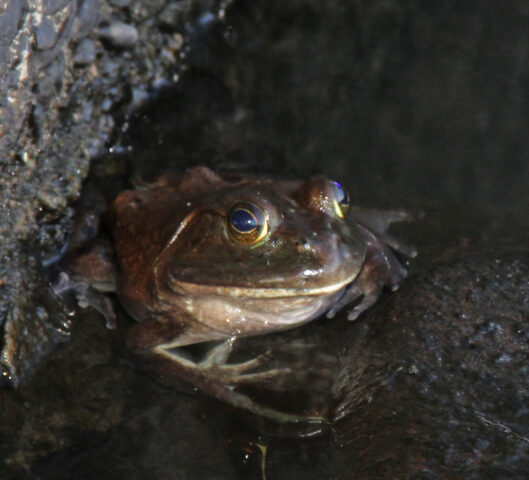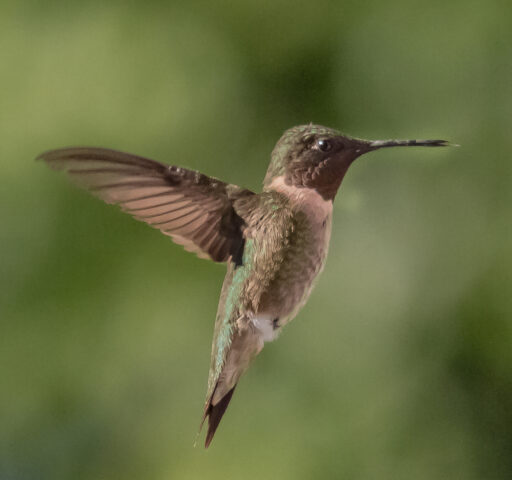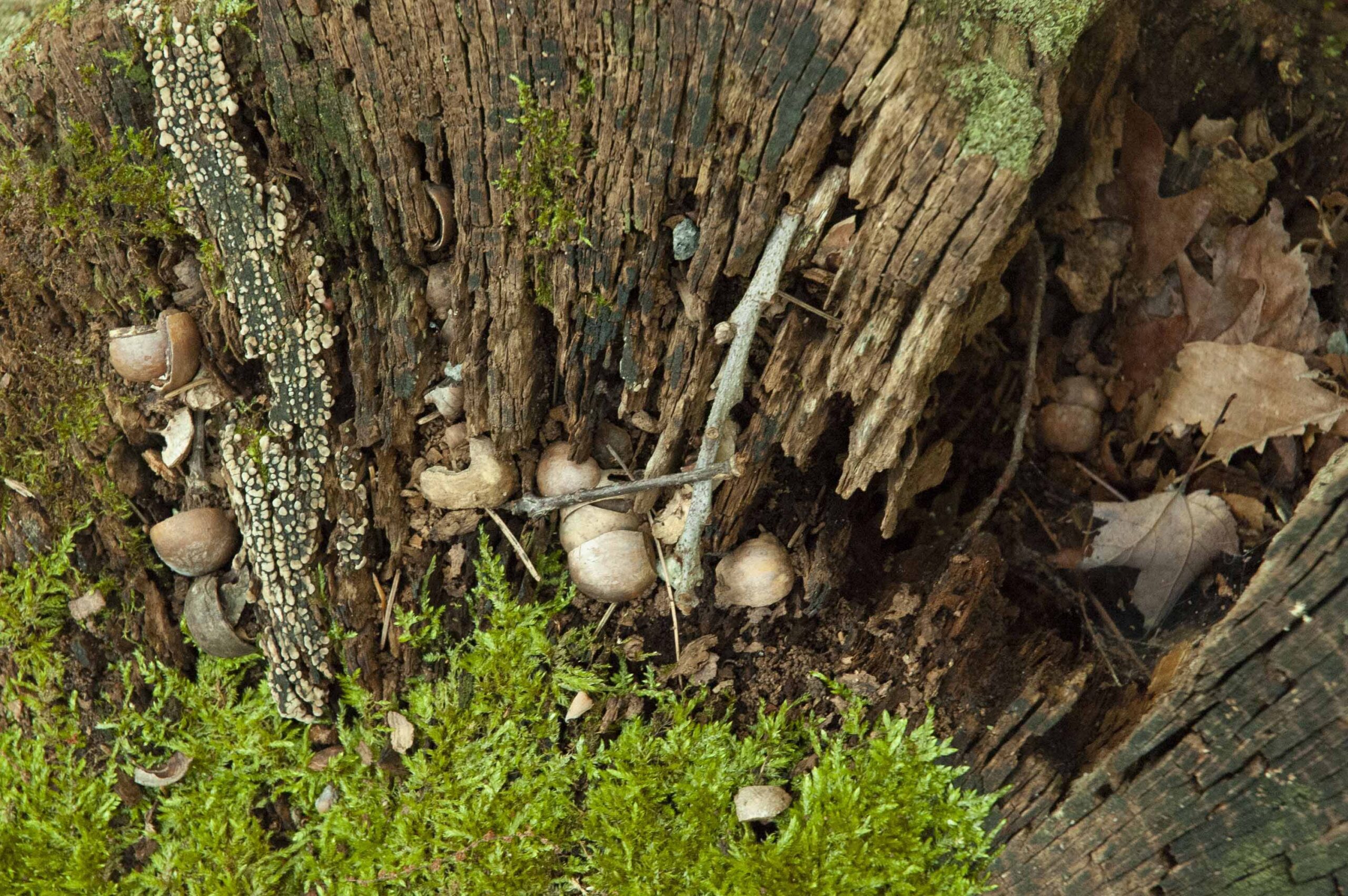CULVER BROOK PRESERVE

This 95-acre former golf course offers walking trails, ponds, and meadows. It will be further landscaped and developed thanks to generous grants from the New Jersey Department of Environmental Protection, Fish and Wildlife Division. An initial planting plan can be found here. If you are interested in helping with plantings, opportunities for memorial trees or benches or other projects to highlight the flora and fauna of the Preserve, please email us at info@gclwf.org.
WHO LIVES HERE?

Bull Frog

Snapping Turtle

Yellow Monarch

Monarch Caterpillar

Bald Eagle

Belted Kingfisher

Black Bear

Ruby Throated Hummingbird

American Bald Eaglets

Coyote
adapting to the changing American landscape. These members of the dog family are unique to North America having adapted to a multitude of habitats.

Fox Sparrow

Painted Turtle

Green Frog

Pileated Woodpecker
CULVER BROOK PRESERVE EAST

This property on Ridge Road consists of 173 acres of wooded land. Forests like these provide critical buffers from natural disasters such as floods and storms, and they are the second biggest storehouse of carbon, helping to confront the climate crisis. There are no designated paths or parking areas at this time but the Foundation has agreed with Frankford Township to accommodate limited hunting on this property. Please see hunting rules below for more information.
WHO MIGHT LIVE HERE?

Red Fox

Groundhog

Weasel

Eastern Gray Squirrel

Skunk

Ruffed Grouse

Raccoon

Pheasant

White-tailed Deer

Northern Cardinal

Bobcat

Barred Owl

Wild Turkey

American Goldfinch

Mink
Photo credits:
Moonrise by Steve Okeson; Mushrooms by Judith Nylen; Yellow Butterfly and Caterpillar by Dorothea Wefing; Bunny, Large Tortoise, Frog by Terry McQuillin; Eagle with fish, Hummingbird, Red Crested Woodpecker by Lee McQuillin; Bear w/ 2 cubs, Eagles feeding by Steve Okeson; Coyote by Terry McQuillin; Painted turtles by Wayne Groves; Goldfinch and Cardinal by Terry McQuillin.

